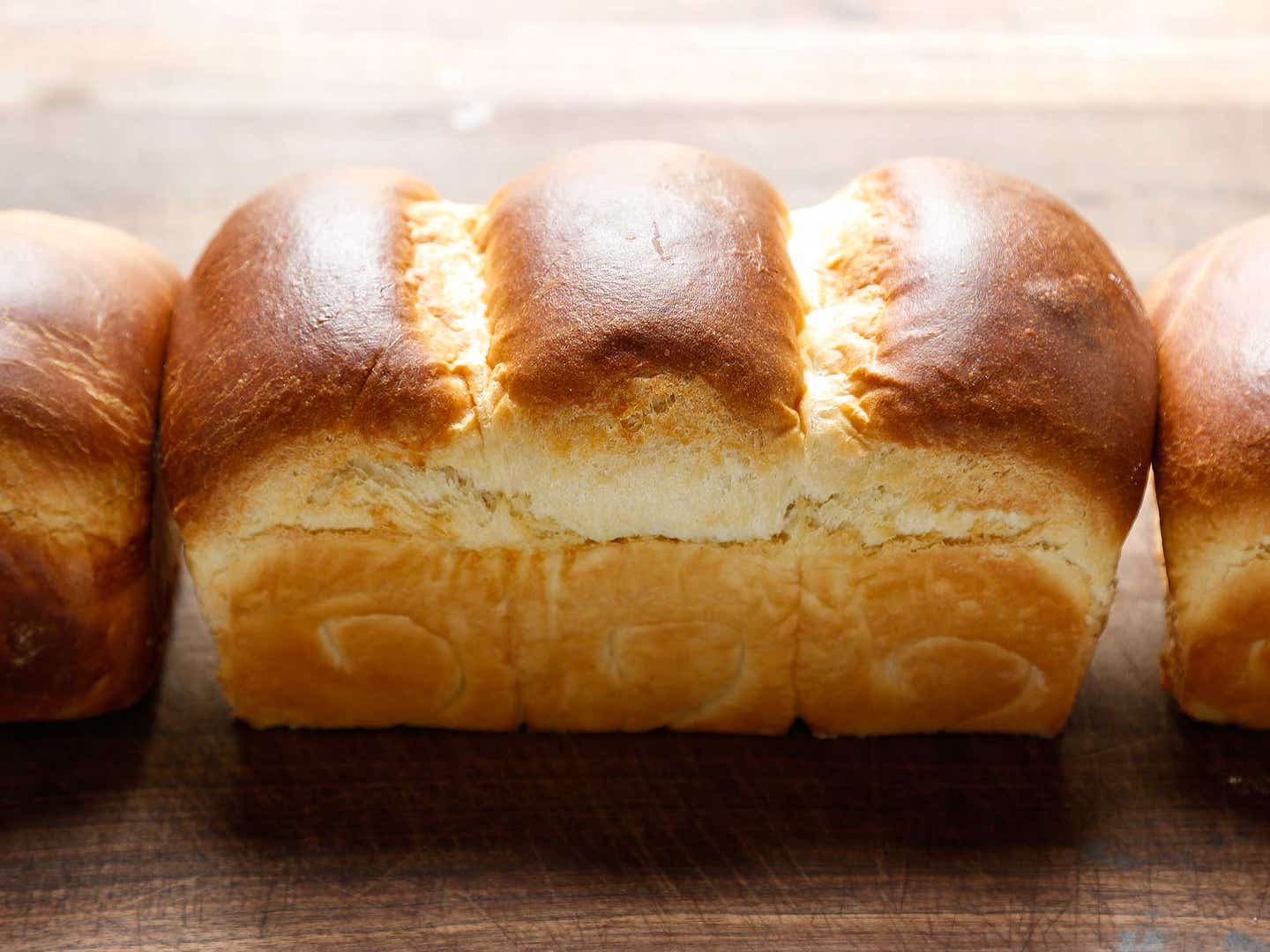
How to Make the Fluffiest White Bread in the World
Whether you call it milk bread, pain de mie, or shokupan, this is the ultimate loaf
Few loaves draw as much love and derision as white bread. As Aaron Bobrow-Strain puts it in White Bread: A Social History of the Store-Bought Loaf that, white bread is "...both the apex of modern progress and the specter of physical decay, the promise of a better future to come and America's fall from small-town agrarian virtue."
White bread takes refined flour and sugar to its logical extreme. And sometimes it’s all that will do. Because we all secretly love white bread.
In Mexico, Pan Blanco Bimbo is just as airy and moist as its American cousin, Wonder Bread. In Hong Kong, Taiwan, and Japan, bakers balance their loaves' dryer interiors with a touch of structure and chew. Then there's the classic French pain de mie, Portuguese sweet bread, and Jewish challah—all enriched breads with combination of milk, egg, and fat, though not so much as the extravagantly cakey brioche.
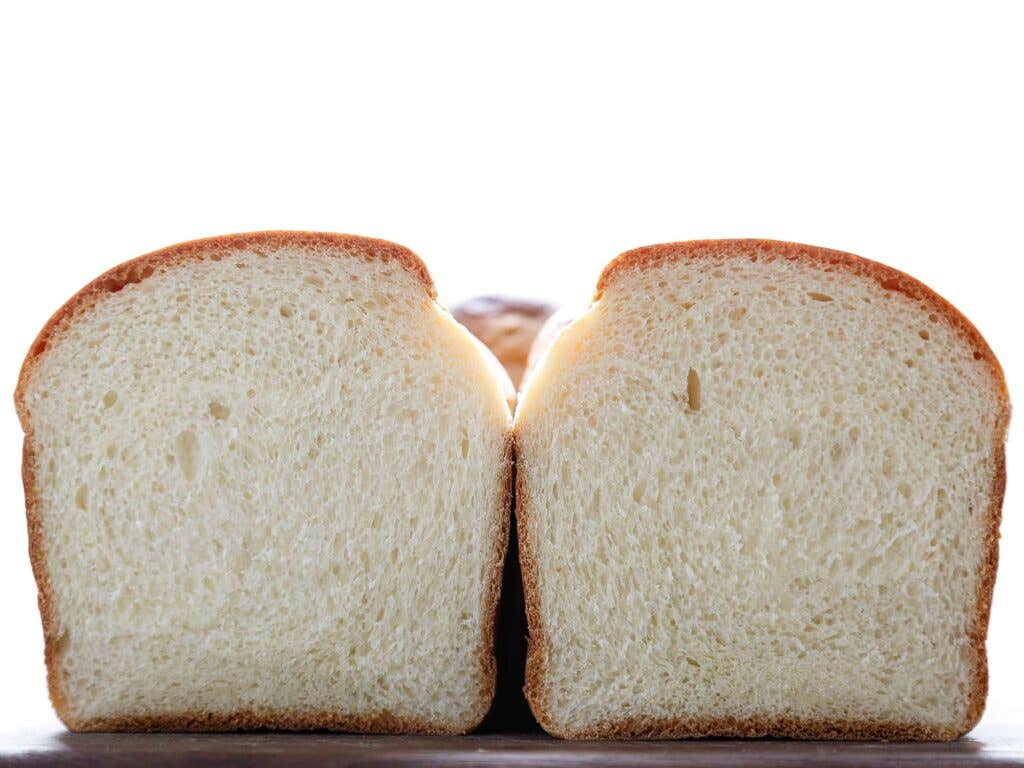
What they all share is a base of white wheat flour (not a trace of virtuous germ or bran), mild commercial yeast, sugar, and a tight, even crumb structure. They also share versatility: loaves good enough to eat plain, but also made for sandwiches as well as a range of baking projects, sweet and savory.
With so many kinds of white bread out there, I set out to develop a loaf that borrows the best from each of these international styles. The resulting recipe uses classic French milk bread’s basic formula and long knead time, but draws from the shaping technique that makes Taiwanese and Japanese white breads so delicate (more on that in a minute). It’s a fluffy loaf that fills the kitchen with the scent of butter as it bakes, and because it’s enriched with fat and a touch of sugar, it also keeps well, up to a week if wrapped tightly in plastic.
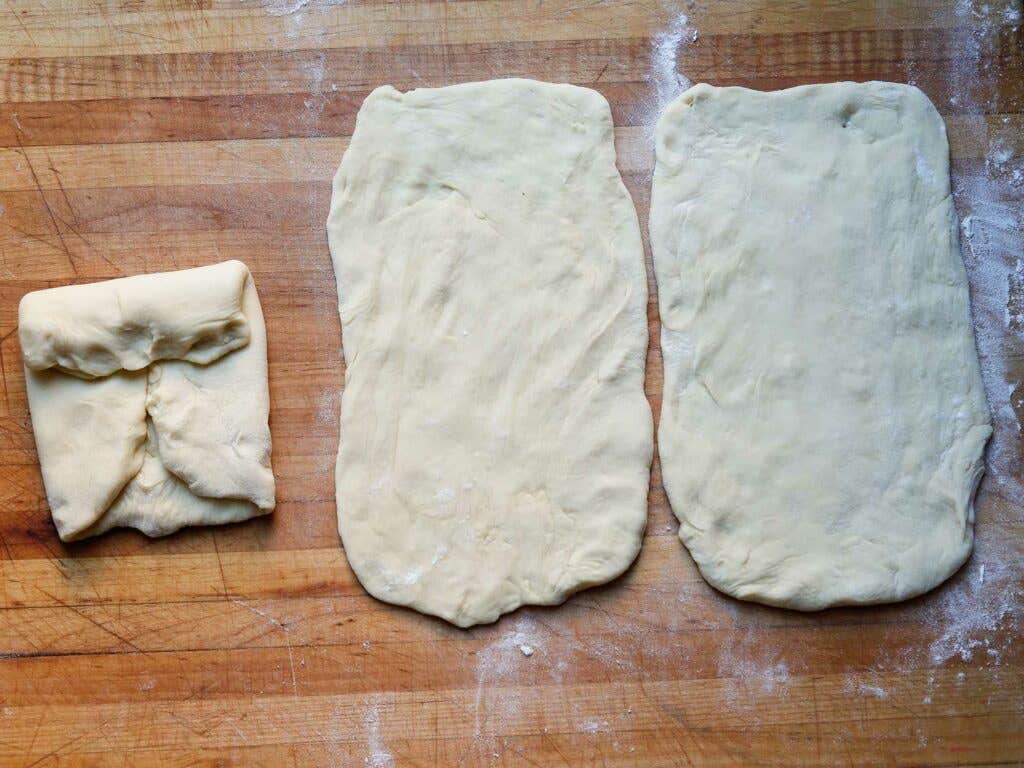
About that shaping technique: Many Taiwanese milk breads are shaped differently from their European relatives. Instead of being formed into a tight log and placed in a loaf pan, the dough is cut into segments, rolled into flat rectangles, folded over on itself, and then rolled into a tight spiral. The result is a delicate, feathery bread with layers that are endlessly satisfying to pull apart.
Another Asian innovation didn't fare so well in my testing. Dig around the internet for milk bread recipes and you'll soon come across the tangzhong method, in which part of the flour is cooked into a miky roux before being added to the dough. The technique supposedly makes for lighter, fluffier loaves with longer shelf life. But after a number of comparative tests and blind tastings, we noticed little of the rumored effect.
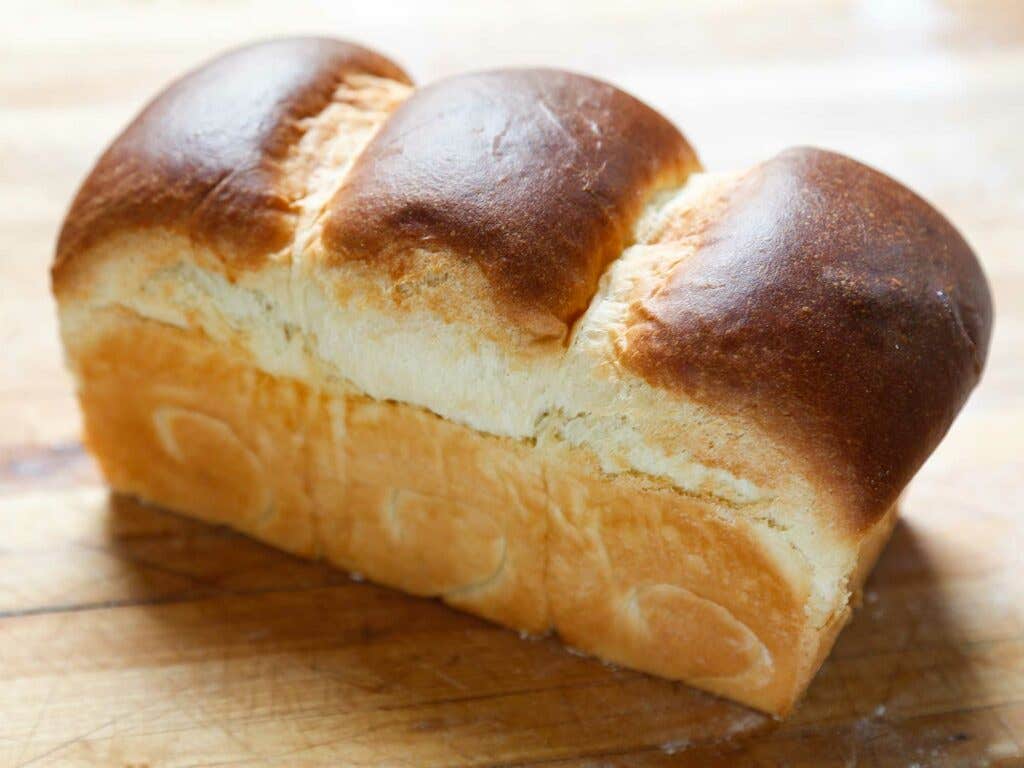
Even if you’ve never baked a loaf of bread in your life, this recipe is forgiving. Though for optimum fluffiness, resist the urge to rush it at any step of the way: a slow, cool fermentation time allows for the height of commercial loaves but with far better flavor and texture.
If, after that waiting, any of this bread lasts beyond the first few hours out of the oven, use it to make a perfect summer tomato sandwich, cut it into neat triangles for a spread of dainty Venetian tramezzini, or whip up a mountain of Durban bunny chow. Or all of the above. Really fresh bread is one of life's few uncomplicated luxuries, so why not make the most of it?
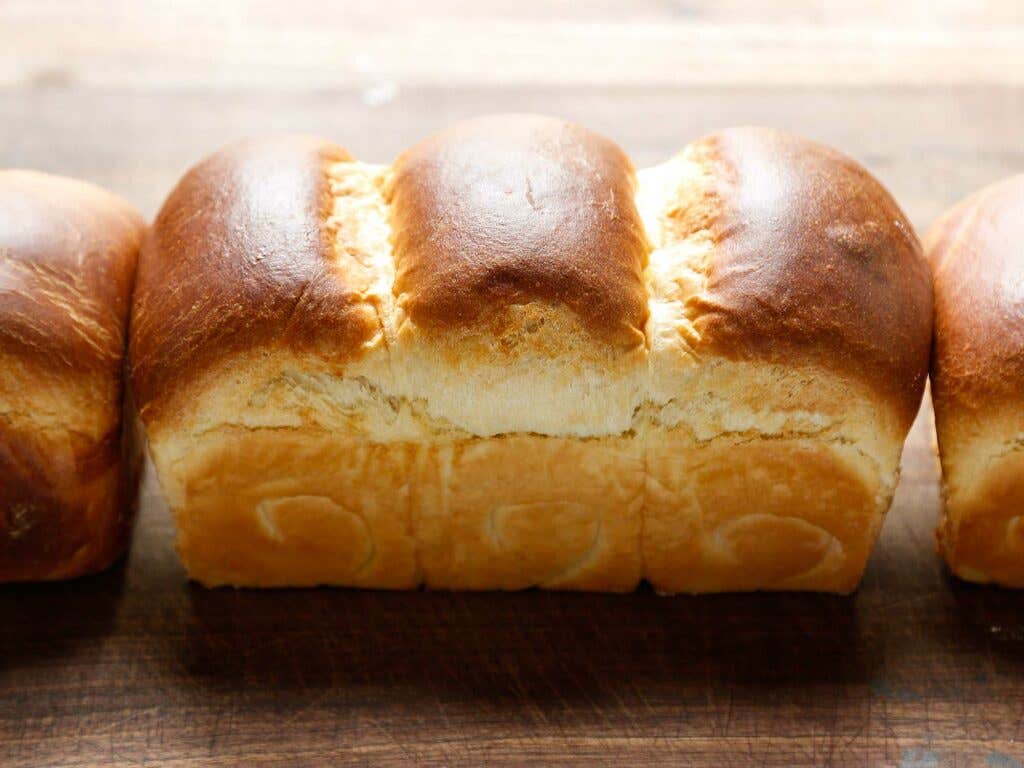
What to Make With Your White Bread
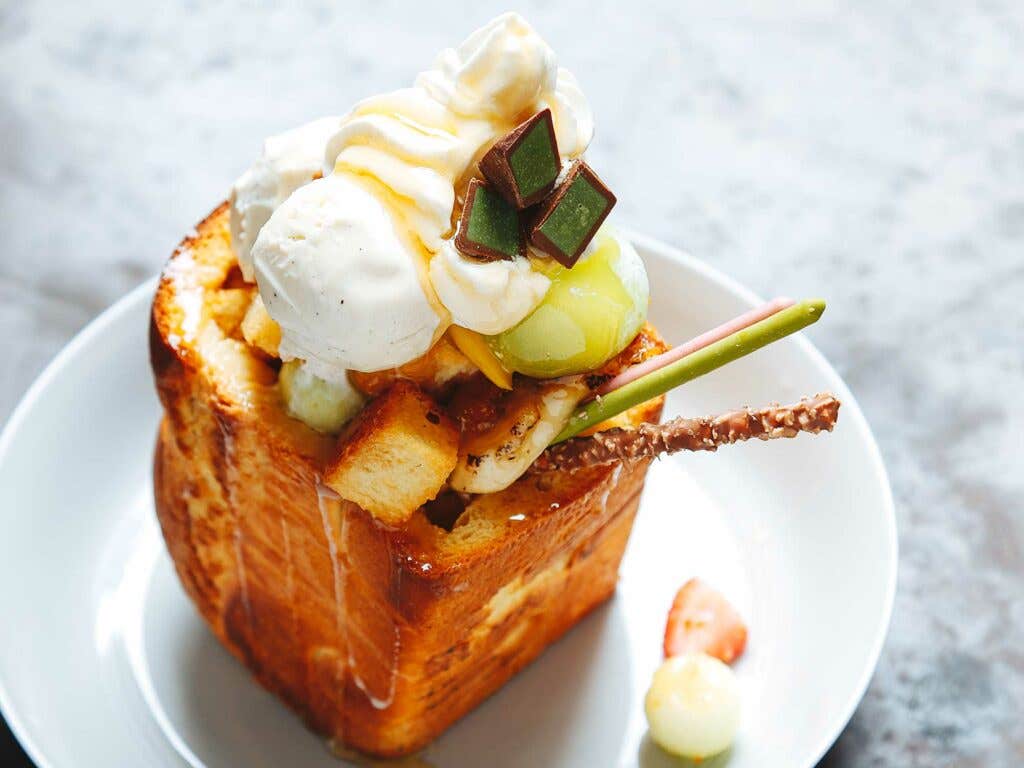
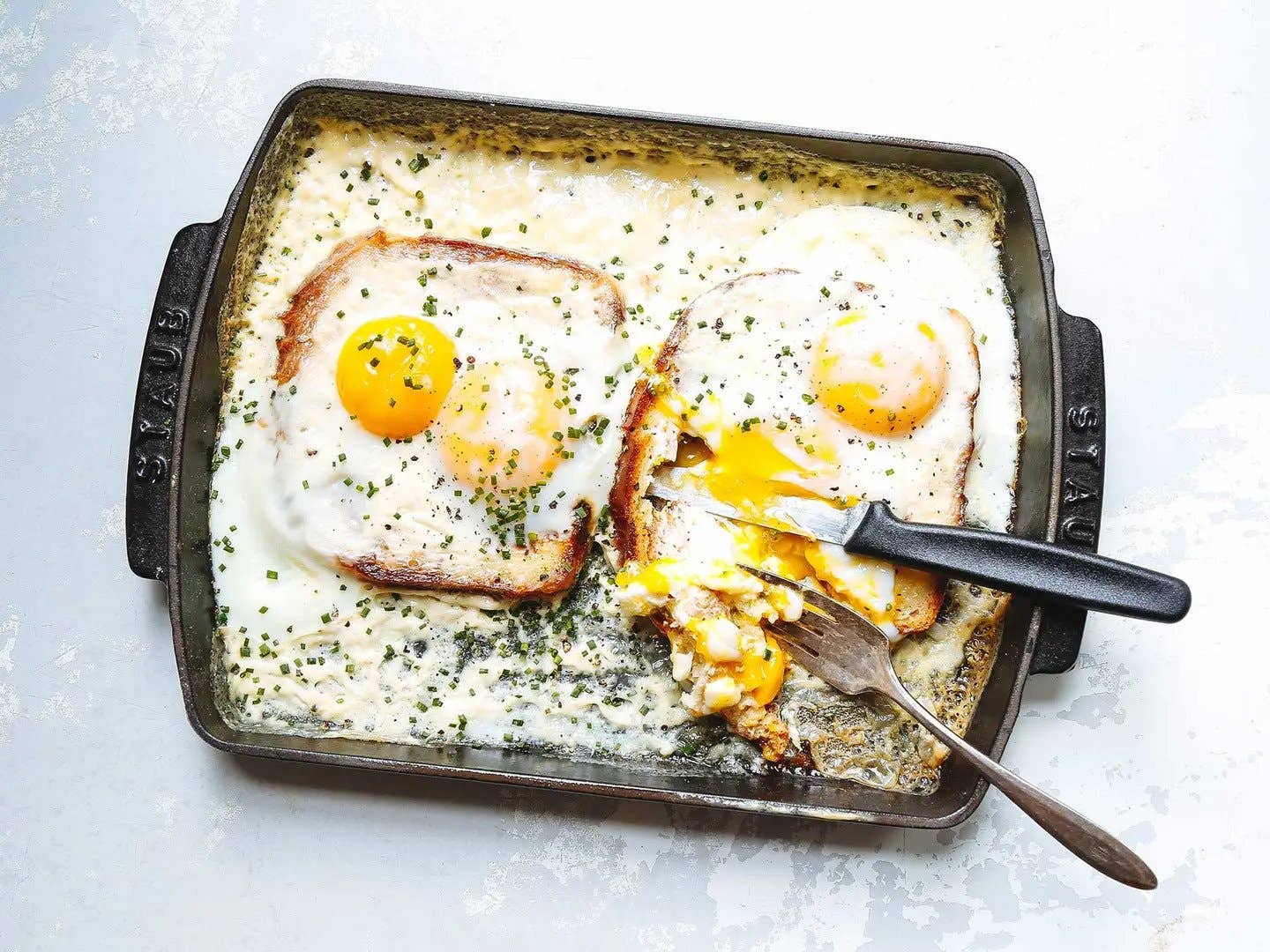
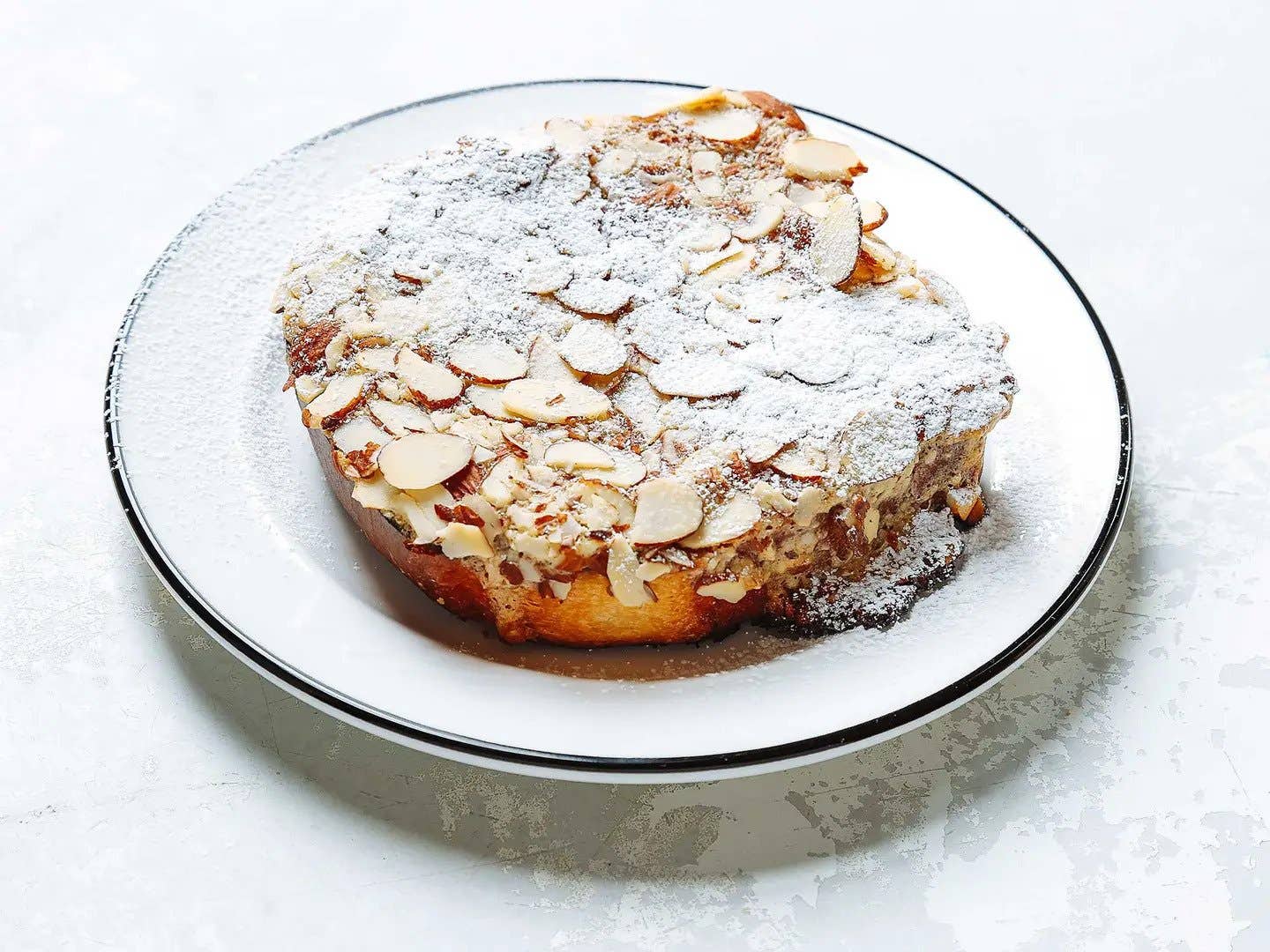
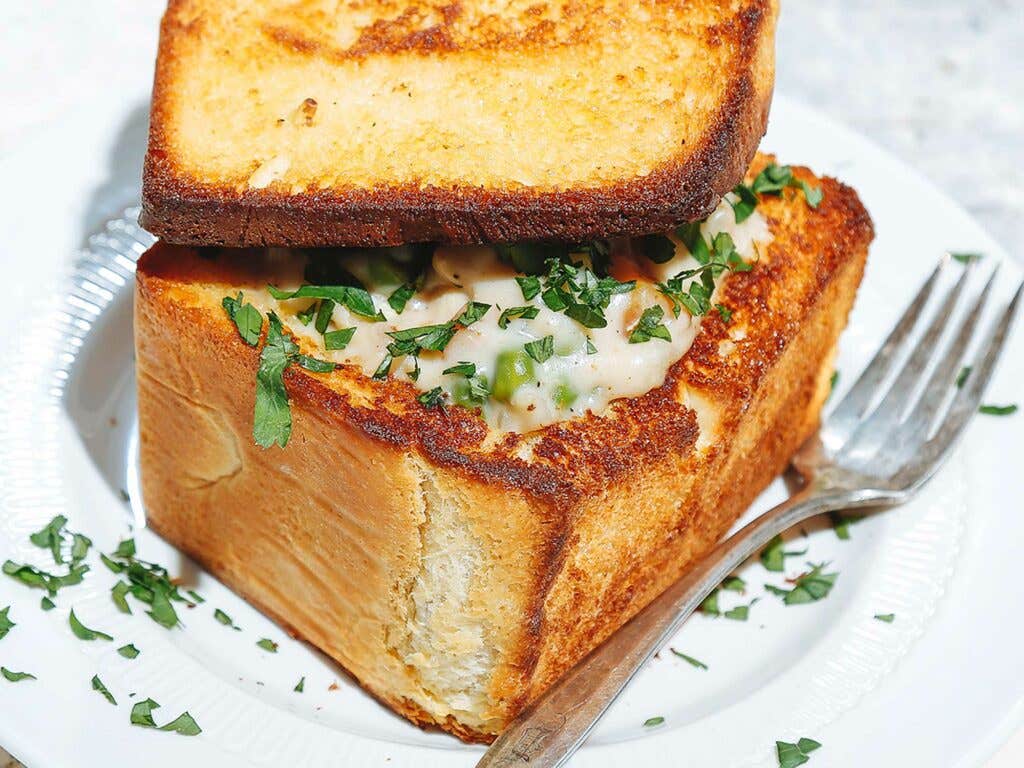
Keep Reading
Continue to Next Story










